Filter by

Living in Refuge: Ritualization and Religiosity in a Christian and a Muslim P…
This comparative ethnography of a Muslim and a Christian Palestinian refugee camp in Lebanon focuses on contrasting social belonging processes through a ritualization approach. Leonardo Schiocchet argues that contrasts emerge out of the intersectionality of religiosity, nationhood, refugeeness and politics, and synthesizes academic research on piety and moral self-cultivation and on the everyda…
- Edition
- -
- ISBN/ISSN
- 9783839460740
- Collation
- -
- Series Title
- -
- Call Number
- 351.81 SCH l

The Transnational and the Local in the Politics of Islam The Case of West Su…
This book explores the relationship between transnational and local Islam as expressed in public discourse and policy-making, as represented in the local press. It does so against the background of local governments in majority Muslim regions across Indonesia promoting and passing regulations that mandate forms of social or economic behaviour seen to be compatible with Islam. The book situates …
- Edition
- -
- ISBN/ISSN
- 978-3-319-15413-8
- Collation
- -
- Series Title
- -
- Call Number
- -
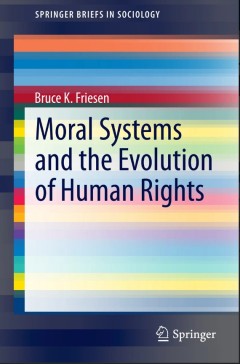
Moral Systems and the Evolution of Human Rights
This volume offers a comprehensible account of the development and evolution of moral systems. It seeks to answer the following questions: If morals are eternal and unchanging, why have the world’s dominant religious moral systems been around for no more than a mere six thousand of the two hundred thousand years of modern human existence? What explains the many and varied moral systems acro…
- Edition
- 1
- ISBN/ISSN
- 978-94-017-9550-0
- Collation
- XVIII, 76
- Series Title
- SpringerBriefs in Sociology
- Call Number
- -

The Sociology of Shari’a: Case Studies from around the World
This edited volume offers a collection of papers that present a comparative analysis of the development of Shari’a in countries with Muslim minorities, such as America, Australia, Germany, and Italy, as well as countries with Muslim majorities, such as Malaysia, Bangladesh, Turkey, and Tunisia. The Sociology of Shari’a provides a global analysis of these important legal transformations a…
- Edition
- -
- ISBN/ISSN
- 978-3-319-09605-6
- Collation
- -
- Series Title
- -
- Call Number
- -

A Family Occupation
Many of today's Dutch writers were children during World War II. Even today, the traumatic childhood experience of enemy occupation is still central to the work of many of them. This interest cuts across the traditional boundaries between fiction, autobiography and the literature of trauma and recovery. A Family Occupation is the first English-language introduction to Dutch-language texts writt…
- Edition
- -
- ISBN/ISSN
- 9789053562369
- Collation
- -
- Series Title
- -
- Call Number
- -
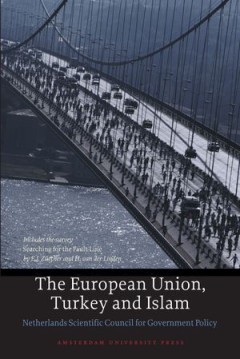
The European Union, Turkey and Islam
Does the fact that the majority of Turkey's population is Muslim form a hindrance to its EU membership? According to a recent policy advice by the Netherlands Scientific Council for Government Policy (WRR), the answer is an adamant 'no'. Why is this issue of Turkish Islam relevant? After all, Turkey should not be judged by standards other than the Copenhagen criteria. The answer is that the pub…
- Edition
- -
- ISBN/ISSN
- 9789053567128
- Collation
- -
- Series Title
- -
- Call Number
- -
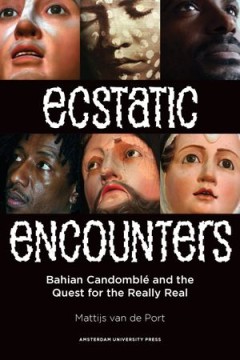
Ecstatic Encounters
Ecstatic Encounters takes its readers to the threshold of Candomblé temples in Bahia, Brazil, where - for many generations -- members of this spirit-possession cult and curious outsiders have been meeting to marvel at each other's otherness. Having allowed himself to be baffled by Candomblé's mysteries and miracle productions, the author explores the notion of 'the-rest-of-what-is': the exces…
- Edition
- -
- ISBN/ISSN
- 9789089642981
- Collation
- -
- Series Title
- -
- Call Number
- -
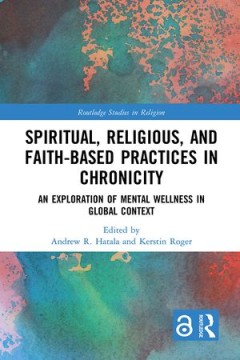
Spiritual, Religious, and Faith-Based Practices in Chronicity: An Exploration…
This book explores how people draw upon spiritual, religious, or faith-based practices to support their mental wellness amidst forms of chronicity. From diverse global contexts and spiritual perspectives, this volume critically examines several chronic conditions, such as psychosis, diabetes, depression, oppressive forces of colonization and social marginalization, attacks of spirit possession,…
- Edition
- -
- ISBN/ISSN
- 9781000452402
- Collation
- -
- Series Title
- -
- Call Number
- -
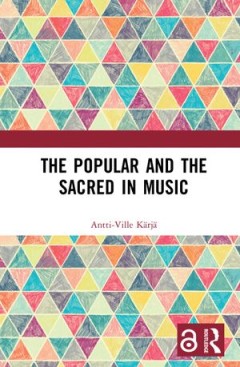
The Popular and the Sacred in Music
Music, as the form of art whose name derives from ancient myths, is often thought of as pure symbolic expression and associated with transcendence. Music is also a universal phenomenon and thus a profound marker of humanity. These features make music a sphere of activity where sacred and popular qualities intersect and amalgamate. In an era characterised by postsecular and postcolonial processe…
- Edition
- -
- ISBN/ISSN
- 9781000509465
- Collation
- -
- Series Title
- -
- Call Number
- 780
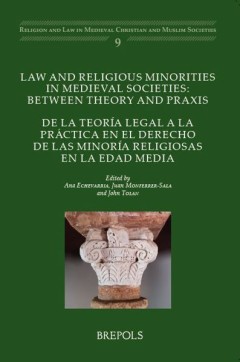
Law and Religious Minorities in Medieval Societies
This volume shows through the use of legal sources that law was used to try to erect boundaries between communities in order to regulate or restrict interaction between the faithful and the non-faithful; and at the same time shows how these boundaries were repeatedly transgressed and negotiated. Muslim law developed a clear legal cadre for dhimmīs, inferior but protected non-Muslim communities…
- Edition
- -
- ISBN/ISSN
- 978-2-503-56697-9
- Collation
- -
- Series Title
- Religion and Law in Medieval Christian and Muslim Societies 9
- Call Number
- 344.096 LAW
 Computer Science, Information & General Works
Computer Science, Information & General Works  Philosophy & Psychology
Philosophy & Psychology  Religion
Religion  Social Sciences
Social Sciences  Language
Language  Pure Science
Pure Science  Applied Sciences
Applied Sciences  Art & Recreation
Art & Recreation  Literature
Literature  History & Geography
History & Geography